The news media gives a very distorted view of reality
So it is probably better to just ignore them (as best you can)
One of the key questions of Progress Studies is why so many people fail to believe in progress despite the overwhelming evidence to the contrary.
One key reason, but far from the only, is the news media.
Most of the following is an excerpt from my book From Poverty to Progress: Understanding Humanity’s Greatest Achievement. You can purchase discounted copies of my book at my website, or pay full prize at Amazon.
Other books in my “From Poverty to Progress” book series:
See my other articles on media and politics:
Negative Media Coverage
A major reason for people’s perception of a lack of progress despite the overwhelming amount of evidence is negative media coverage. The primary means by which people learn about what is going on in the outside world is the media. While it might be via radio, television, newspapers or the internet, the media has some common themes that shape their coverage.
Media researchers, such as Darrell West, have long known that media coverage is overwhelmingly biased towards the negative, the short-term, and strong emotional connection. There are an enormous number of studies that show that media coverage is overwhelmingly biased to cover negative events over positive events.
While many journalists feel that they have an obligation to inform the public, the overriding goal of news organizations is to generate high ratings. It is much easier to get people’s attention by shocking them rather than by pleasing them. It is only really in the domains of economic and sporting news that positive events get high levels of coverage. News about progress does not fit into the negativity bias that dominates the media.
In addition, the media has a strong recency bias. The media overwhelmingly covers what happened today, yesterday, and this week. Unfortunately, progress is overwhelmingly about long-term trends that show little day-to-day variation.
It is simply not considered news that infant mortality declined 0.0001 percent today. While the media occasionally covers long-term trends, usually in the form of annual reviews in late December, it is not a very large part of the coverage. For that reason, most journalists simply do not consider trends of progress to be news.
News organizations also seek to create an emotional connection with their viewers. The easiest way to do so is to show strong action-oriented visual images of negative events that just happened: a fire, murder, storm, coup, war, or natural disaster. Long-term trends simply do not lend themselves to creating this emotional connection in the same way.
When you combine all of these factors, the media presents a highly distorted view of the world. It depicts a world without progress where seemingly random bad events hurt helpless victims. The real lives that normal people lead and the progress that they experience are almost completely absent.
Negativity Bias
As Steven Pinker argues in Enlightenment Now (you can read a summary in my library of online book summaries), perhaps the biggest reason why people ignore progress and are pessimistic about the future is that we are born with a negativity bias. Instinctively, humans react more strongly to negative information than positive information.
From an evolutionary perspective, this makes perfect sense. Our brains are designed to enable us to survive, not be happy. Imagine you are a Hunger-Gatherer roaming the African savannah. You see a cluster of bushes and immediately two thoughts pop into your head. The first is “There are often lions near a cluster of bushes”. The second thought is “There is often food near a cluster of bushes”.
Any person who does not take that first impulse seriously might suffer a sudden death, while a person who does not take seriously the second might pass up one meal. The difference in consequences are just too great. Now if the person is near starvation, the consequences might even up, but that person must still be extremely aware of the threat of lions.
This phenomenon is well known to psychologists. In psychological experiments involving financial transactions, humans react far more strongly to losing ten dollars than winning the same amount. In assessing the character of a person, participants place more weight on bad actions made by the person compared to good actions taken by that same person.
This causes people to view what is happening in the world very differently. No matter how good things are as a result of progress, there are always bad things going on: wars, diseases, recessions, unemployment, and poverty. The brain naturally weighs bad things much more heavily than good things. It is natural for people to believe “the world is going to hell” while being surrounded by widespread progress.
Another important psychological principle is that people tend to view other people outside their immediate personal contact as being worse off than they really are. People generally view the general public as financially worse off than they really are.
The flip side of this is the positivity bias, where people tend to have a more positive view of themselves than they really deserve. So people tend to overestimate themselves and underestimate the general public.
Since the concept of progress is mainly about the outside world, people tend to exaggerate the negative and believe that the progress that they feel in their own life is due to their own accomplishments. “I am doing better off today than ten years ago because I work hard, but those other people who don’t work as hard as I do are having it real bad.”
Another part of the negativity bias is that people are far more likely to believe negative predictions of the future than positive predictions of the future. Anyone who makes a negative prediction of the future is viewed as wise and intelligent, while those who make positive predictions are viewed as uninformed wishful thinkers.
This bias tends to cause pessimistic experts to get far more attention than optimistic experts. The media has learned this, so they are more likely to cover pessimistic experts than optimistic experts. To advance their careers, experts gradually learn to tailor their message to get more attention, so it becomes a self-fulfilling prophecy.
Optimists (or even unbiased experts) are gradually squeezed out of the public debate by pessimists. This creates the false impression that all smart people realize that everything is bad and that progress does not exist.
Changing views of what journalism should be
Starting in the 1930s and lasting until the late 1960s, reporters typically worked hard to present a balanced and “objective” view. Journalists believed that they should report the facts of what happened, who did it, and when it happened and leave the interpretation of the How and the Why to readers. Reporters also tried to carefully present the Democratic and Republican viewpoints in a balanced way.
Of course, this typically did not apply to foreign affairs and wars, which were often explicitly pro-American. And anyone who was to the Left of the Democratic party or to the Right of the Republican party was completely ignored and sometimes ridiculed.
Watch dog journalism
In the 1960s, a series of events and trends hit the journalism profession:
Rise of the baby boom generation
News organizations starting to exclusively hire those with four-year college degrees in journalism
Civil Rights movement
Vietnam war
Watergate
In the early 1970s, the news media began to shift from merely reporting facts about what happened to performing a “watchdog” role on American institutions, particularly the government. They increasingly came to believe that journalists should conduct extensive research and focus on interpreting the “How” and the “Why” that lurked behind daily events. The assumption was that political leaders could no longer be trusted, and journalists should be looking out for the public interest.
Most ambitious reporters desperately wanted to uncover facts that proved scandalous behaviors by our leaders. This created a pack mentality with journalists rushing to get to the story first. And the most aggressive watchdogs were the most likely to get the story and the Pulitzer.
While elite journalists focused on investigative journalism, the bulk of the media focused on covering political scandals, fires, murders, storms, coups, wars, and natural disasters. By the 1980s, the media lurched from one scandal to the next, and the practice boosted ratings.
It was during this period, when the trend towards negative coverage really started. The irony is that negative coverage was the result of journalists trying to improve American institutions by uncovering scandals. The actual result was a decline in trust in American institutions, particularly the federal government.
The Center-Left Consensus
In the 1990s, news outlets such as CNN, ABC, NBC, CBS, Fox, the New York Times, the Washington Post, and the Los Angeles Times set the media agenda. Journalists and editors were overwhelmingly left-of-center, but they typically worked hard to present a balanced and “objective” view.
In practice, this was more of a center-left consensus that pretended reasonably well to be objective, but at least it was not too far from the center of American politics. Journalists and editors believed in at least appearing to be objective, partly out of professional integrity, but also because they were dependent upon ad revenue from largely conservative corporations. An uneasy truce existed between the goals of liberal reporters and the goals of conservative corporations.
Not that all the media bought into this consensus. There were plenty of ideological outlets, but few of them focused on news. Magazines such as the Nation, the New Republic, the Atlantic, Mother Jones, National Review, The Economist, and Reason all had explicit ideological slants. While their content focused on big issues of the day, their monthly publishing cycle forced them to think more long-term than the daily news cycle of the news media.
It is also important to realize that these overtly ideological outlets were not directly tied to either the Democratic or Republican party. Writers typically chose partisan sides, but they felt an obligation to offer constructive criticism of their own side. While writers certainly felt pressure to toe the ideological line, they were not under intense pressure to toe the partisan line.
Rise of the Ideological News Media
Matt Taibbi, a veteran journalist and now Substacker explains how it happened in detail in this video and his book: Hate Inc.
First, the Fox News channel broke off from the “objective” news consensus. They pointed out that this consensus was not objective, but was actually center-left. By stealing conservative viewers from the networks, they increased the incentive of those networks to move to the left. As traditional news organizations saw their entire business model collapsing, they frantically searched for financially-viable alternative
The internet further undermined the old business model that “objective” news reporting was based upon. Local newspapers, in particular, saw their paper subscribers decline rapidly. Some were able to keep up their ratings by publishing digital versions of their newspaper. Then the rise of Craigslist seriously undermined their flow of revenue from want ads, causing a deep decline in revenue.
A new business model emerges
Starting around 2010, a new business model for news came into being.
The New York Times played a pioneering role in this new model. Focus groups among elite news organizations concluded that overtly ideological news coverage that reinforced viewers existing ideological perspectives was the most profitable business model. This new business model effectively converted traditional news organizations into ideological outlets that used the news to create an ideological narrative.
The new media shifted from covering fires, murders, storms, coups, wars and natural disasters to taking sides in partisan combat and grand ideological narratives. Now the goal was not to inform or even to shock to boost ratings. The goal was to create anger and resentment against the opposing party, their ideology, and their followers.
So now the self-interest and organizational interest of political parties, politicians, interest groups, and the media had effectively been fused. While this fusion is based upon ideology, it can best be understood as a business model based upon self-interest. To get votes, money, and viewers, all these institutions knew that they had to keep the focus on the idea that “Things are bad, and they are getting worse.”
The business model based upon an ideological narrative was the opposite of the reality of progress. So an increasing portion of American institutions has a strong incentive to ignore progress and propagandize for a much more cynical ideological agenda.
While the new business model works for a few elite news organizations, it has completely undermined public trust in the news media. The public now sees the media as talking heads for party ideologues, ironically exactly the opposite of watchdog journalism. And ratings are in a down-ward spiral.
They may complain about Substack, but the news media brought this on themselves.
So what is the solution?
Turn it off. Do not watch the news media on television or social media.
Do not give into the illusion that you “need to stay informed.” Do not confuse immediacy with importance. They are not the same. Recent events are rarely important in the long run.
The information that you get from the news media is not cumulative. Everything that you learn by watching the media will become either irrelevant or inaccurate within a few days or weeks. And it will have a negative impact on your brain, so what is the point?
You stay informed by reading books, watching documentaries or reading Substack articles about timeless topics that have been around for decades, centuries, or even millennia. The news media ignores all that.
Is it really possible?
I decided to go “Cold Turkey” back in 2008. I felt like my world was crashing down, and I had a family to take care of. I do not regret it for one second. Everything important gets to me indirectly eventually. If something is really important, I can read a book or watch a documentary about it a couple of years later.
I essentially missed the entire Obama and Trump administrations, and I am very happy that I did so. Don’t you wish you also missed them?
Most of the above was an excerpt from my book From Poverty to Progress: Understanding Humanity’s Greatest Achievement. You can purchase discounted copies of my book at my website, or pay full prize at Amazon.
Other books in my “From Poverty to Progress” book series:
See my other articles on media and politics:

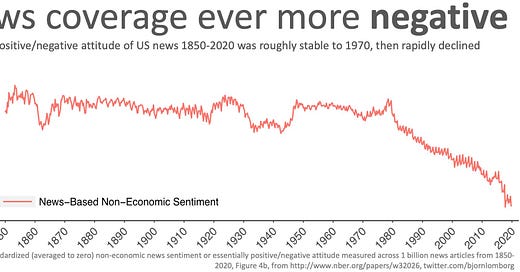







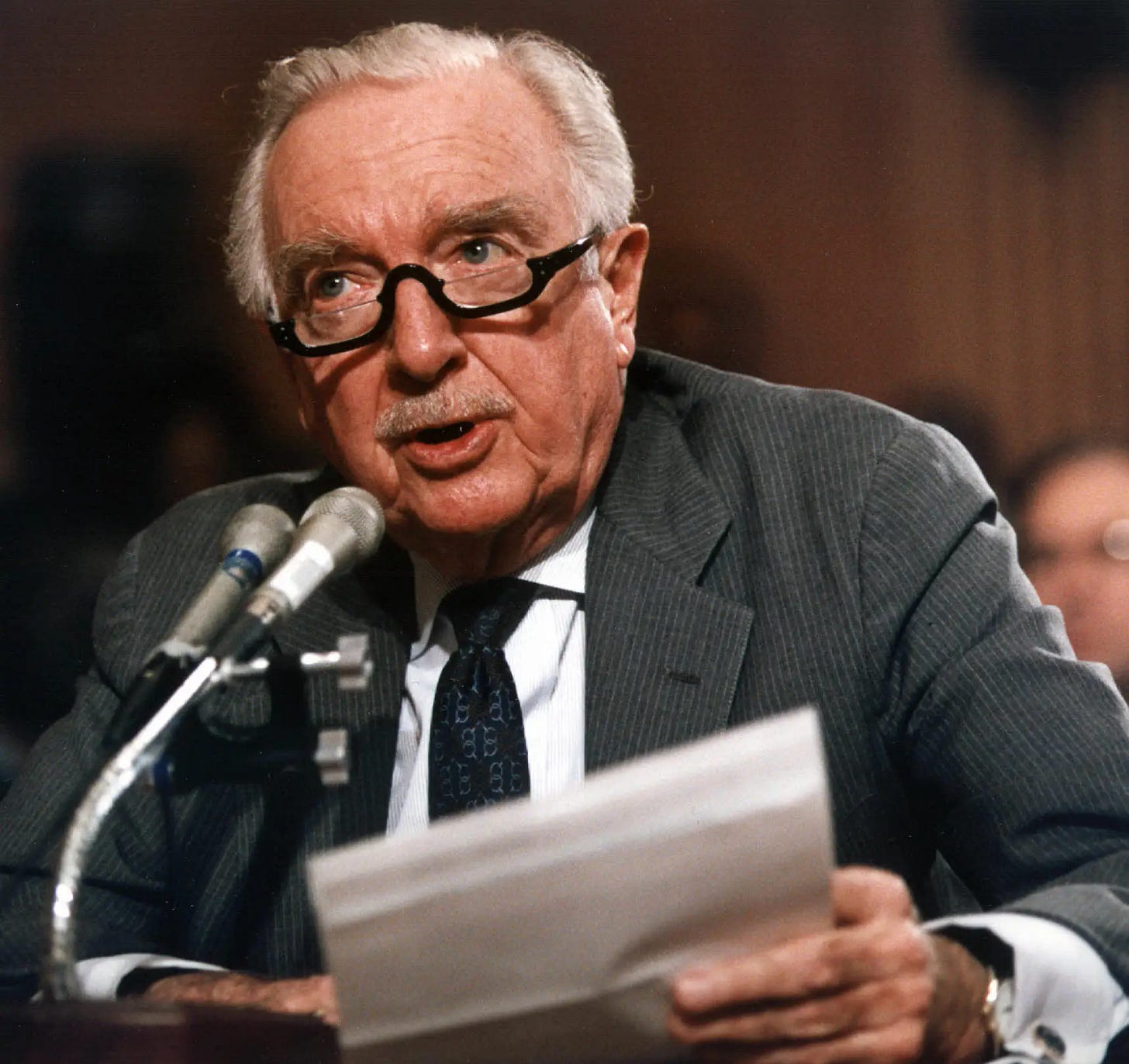
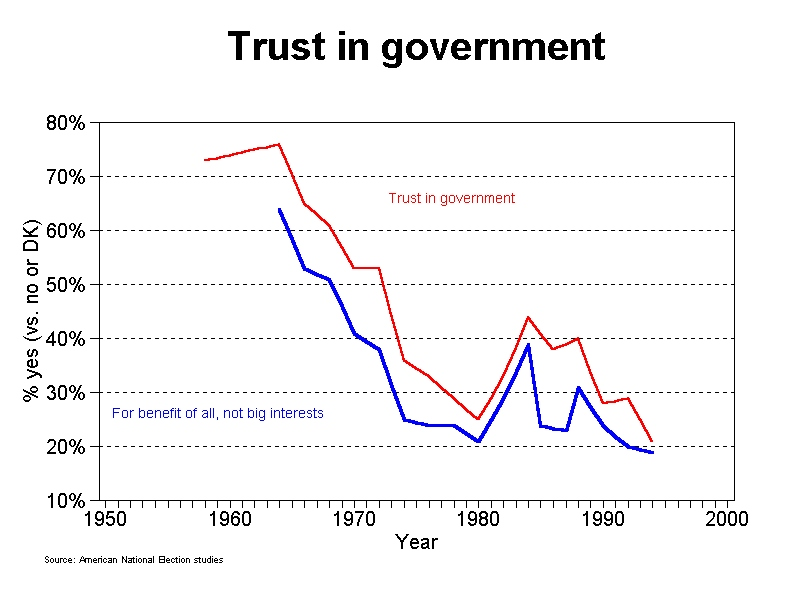
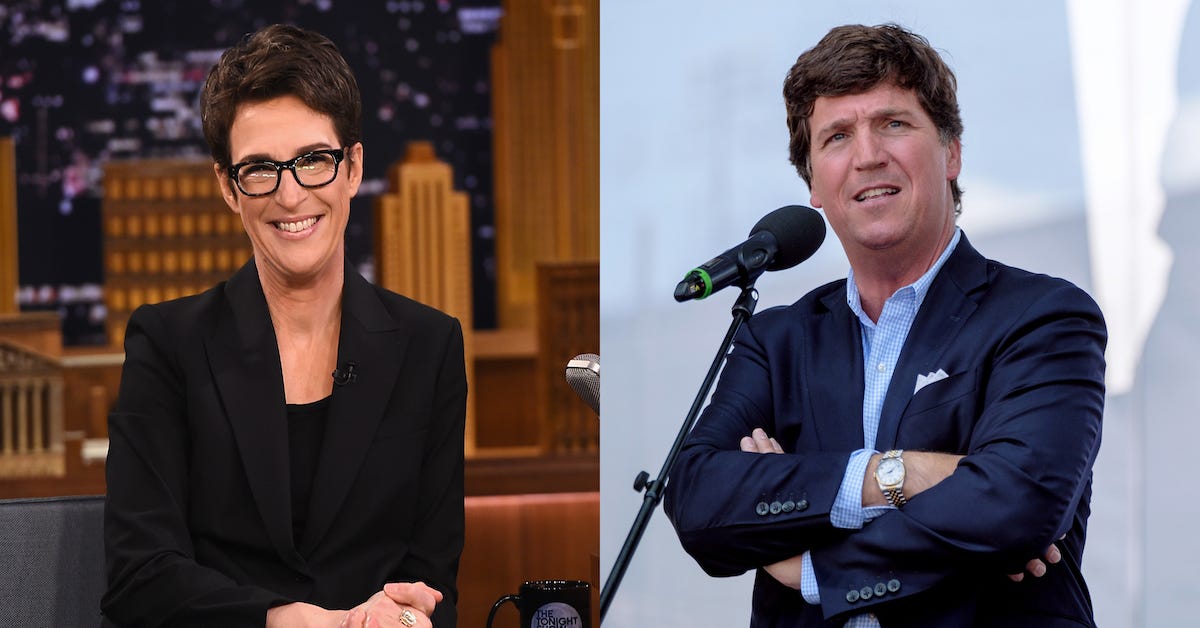

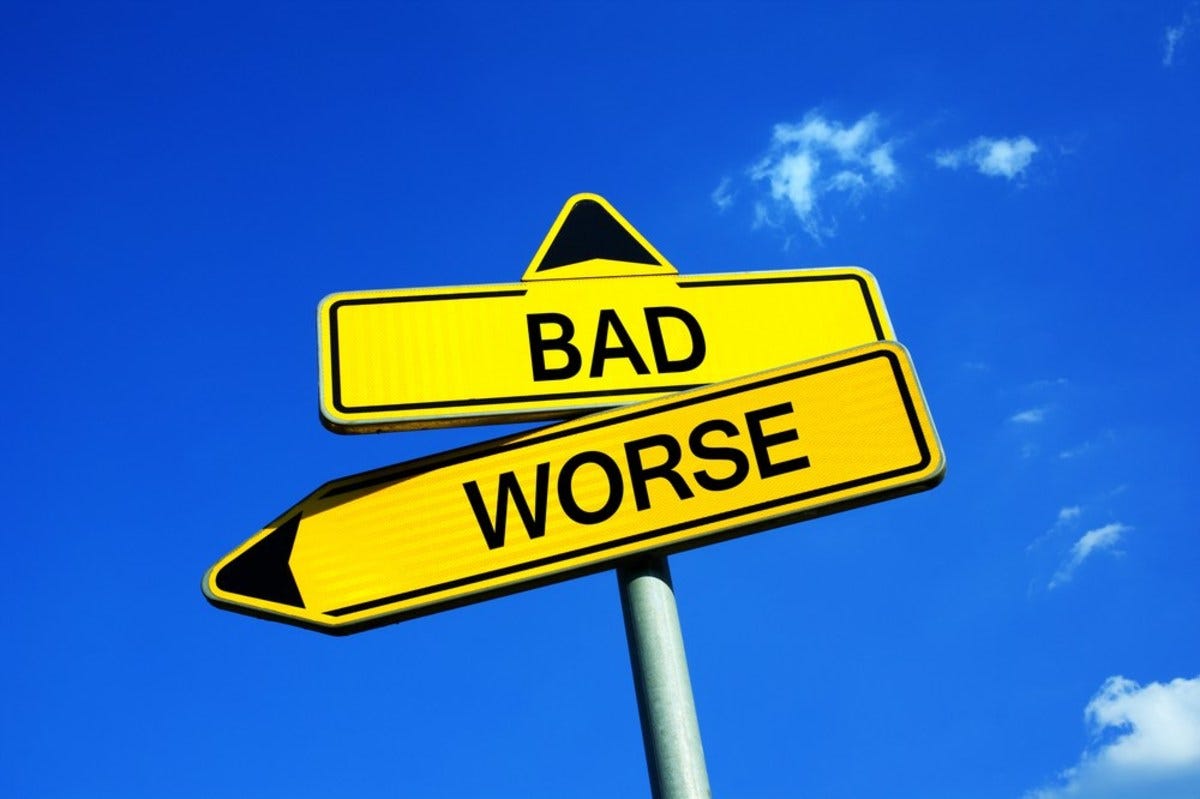


'I essentially missed the entire Obama and Trump administrations'.That is probaly the reason your views on political topics are informative and nuanced,you saved your sanity
Do you think it has something to do with "Bad news gets more attention than good news and they are just giving what we are asking them"? I think Hans Rosling's presentation below is also raising a similar point and debunks several myths about world development:
https://www.youtube.com/watch?reload=9&app=desktop&t=25&v=hVimVzgtD6w&feature=youtu.be
As the article from BBC (https://www.bbc.com/future/article/20140728-why-is-all-the-news-bad) says here:
The researchers present their experiment as solid evidence of a so called "negativity bias", psychologists' term for our collective hunger to hear, and remember bad news.
The results of the experiment, as well as the stories that were read most, were somewhat depressing. Participants often chose stories with a negative tone – corruption, set-backs, hypocrisy and so on – rather than neutral or positive stories. People who were more interested in current affairs and politics were particularly likely to choose the bad news.